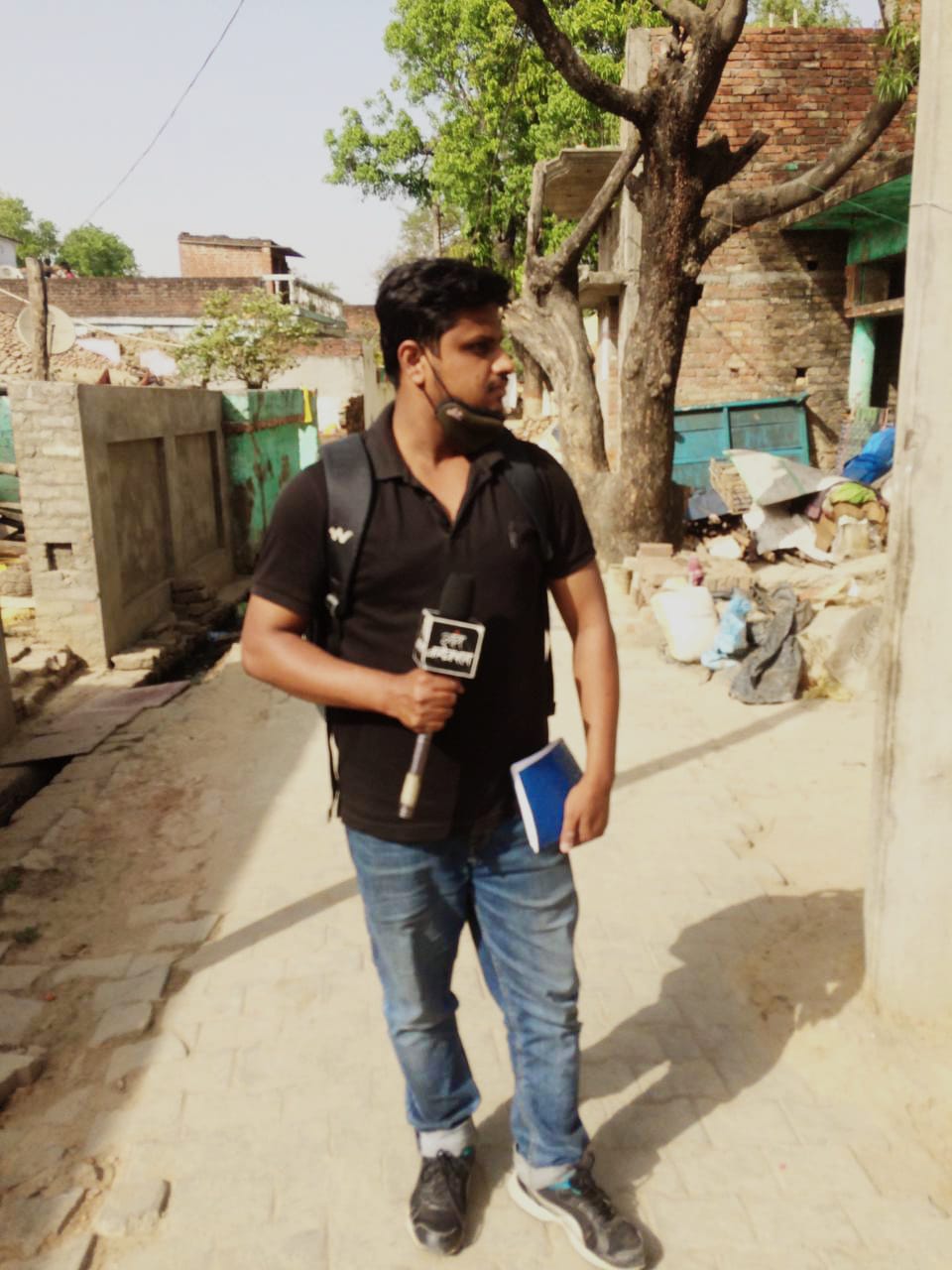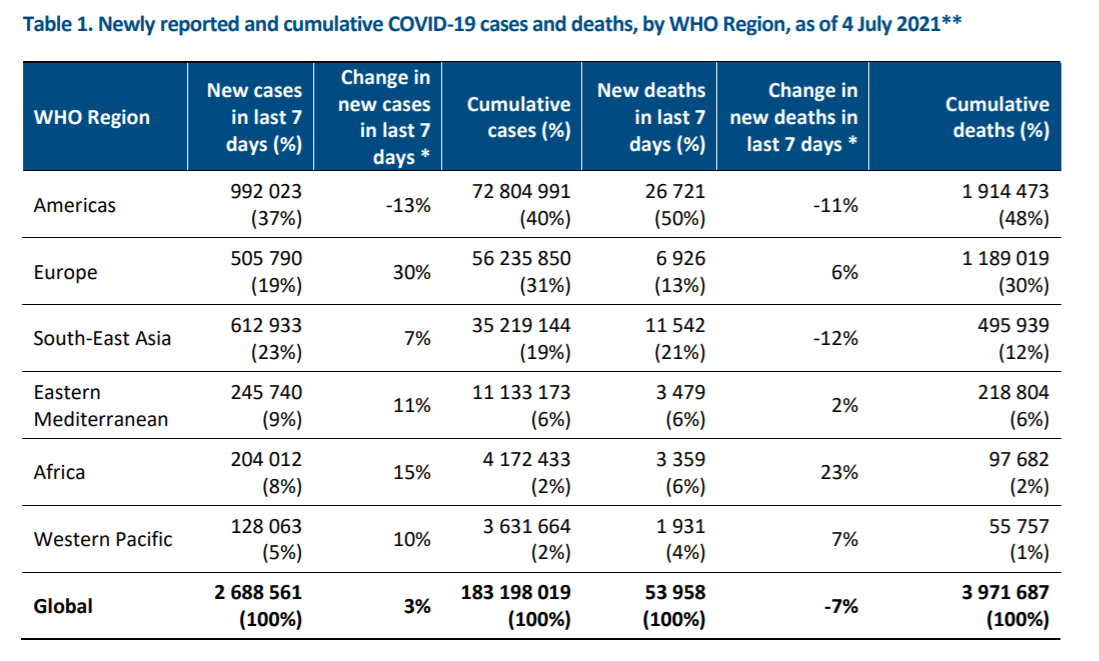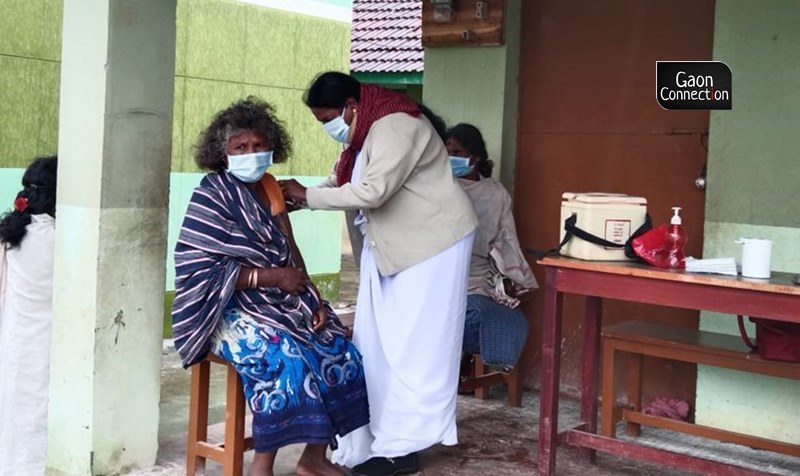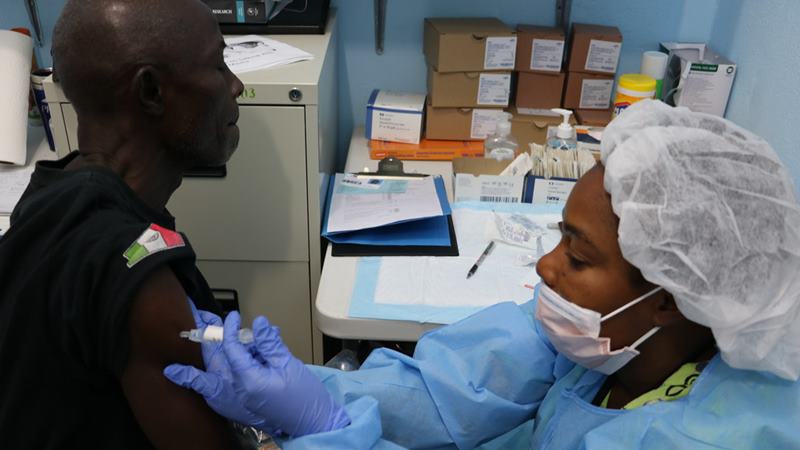‘Covax, a beautiful solution for vaccine equity, delayed because vaccine manufacturers not prioritising it’
COVID19 has sickened nearly 181 million people, and some four million of them have succumbed to the disease. In a webinar, Soumya Swaminathan, the chief scientist at the World Health Organization stated that even after persistent calls to end ‘vaccine apartheid’ and promote equity in vaccine distribution, rich countries are not doing much.


WHO’s Chief Scientist Soumya Swaminathan. Photo: WHO/AIR
In 2014-16, when the most widespread outbreak of Ebola virus happened in West Africa, the World Health Organization (WHO) knew a much bigger pandemic was on its way and it turned out to be the COVID19 pandemic that is at present raging across the world. This was shared by Soumya Swaminathan, WHO’s Chief Scientist during a webinar organised on July 9 by the Down To Earth, an environment fortnightly.
“After the Ebola outbreak in 2016, an ‘R&D Blueprint’ was developed [by WHO] and essentially it lays out a research roadmap for diseases which have epidemic/pandemic potential,” Swaminathan said during the webinar. “When the roadmap was developed, we had marked something called a ‘Pathogen X’ which means that we were anticipating a pandemic. And this is now COVID19,” she added.
Despite anticipating a pandemic and formulating the research road map for epidemic/pandemic, Swaminathan regretted the ‘vaccine apartheid’ and ‘moral bankruptcy’ of developed countries that have failed to cooperate with the Covax mechanism of vaccine distribution around the world.

Explained: COVAX — an international mechanism for equitable vaccine supply. How successful has it been?
COVAX, short for ‘COVID19 Vaccines Global Access’, has been evolved by four major agencies that work on public health — WHO, United Nations Children Emergency Fund (UNICEF), Global Alliance for Vaccines and Immunizations (GAVI) and Coalition for Epidemic Preparedness Innovations (CEPI). COVAX supports access to COVID19 vaccines for lower-income economies.
The webinar titled, ‘Vaccine For All – The global race between the virus, its variants and the vaccines’, was anchored by Sunita Narain, Director General, Centre for Science and Environment.

‘Vaccine manufacturers not prioritising Covax is frustrating’
COVID-19 has sickened nearly 181 million people, and some four million of them have succumbed to the disease. There is a rush to get vaccinated against the virus and governments are trying to ensure universal vaccination.
A total of 7.9 billion people need to be protected – and the speed and scale at which vaccination has to be carried out is unprecedented. However, vaccination has made very slow progress in large parts of the world.
Also Read: 50% drop in COVID19 vaccination in India in the past month, shows govt’s Co-WIN data

Raising an important point, Narain, the webinar’s anchor, questioned the WHO Chief Scientist about the issue of vaccine-boosters vs first vaccinating the entire world population. “Given the sheer inequity in the availability and access to vaccines, should the first task not be to get the vaccines for the vulnerable people in the world… that might push WHO into a more political role but somebody has to take the leadership, somebody will have to bring in the voice of morality as well as reason into the global decision making,” Narain asked Swaminathan.

Answering the question, Swaminathan said, “We’ve been very clear, Dr Tedros [Tedros Adhanom, Director General, WHO] has repeatedly used words like ‘vaccine apartheid’, ‘moral bankruptcy’, ‘catastrophic failure’. But individual countries are making their own decisions.” The chief scientist went on to add: “We sometimes feel very frustrated. Covax, which is a beautiful solution for vaccine equity, has been delayed because none of the vaccine manufacturers are prioritising it”.
Incidentally, countries like the United States are providing additional immunity against the COVID19 infection by giving booster doses for COVID 19. Meanwhile, a large chunk of the world population in developing countries is yet to receive even the first shot of the vaccine. As of July 8, only 5.1 per cent of the Indian population is fully vaccinated against COVID19.
Also Read: Ripple effect of COVID-19’s second wave in India being felt across the globe
Last month, on June 2, at the pledging summit for COVAX, United Nations Secretary General António Guterres had said: “Today, ten countries have administered 75% of all COVID-19 vaccines, but, in poor countries, health workers and people with underlying conditions cannot access them. This is not only manifestly unjust, it is also self-defeating”.
Disparity in vaccine distribution aggravating the pandemic
Echoing the WHO’s emphasis on ‘Nobody is safe until everyone is’, Leena Menghaney , Regional Head (South Asia), Médecins Sans Frontières, said that although the developed countries donated to the Covax, but they tied up the manufacturers to supply the COVID19 vaccines to them on priority.

“So, on one hand when you [developed countries] were donating money to the Covax, on the other hand you were taking away the ability of the Covax to receive the vaccines that it urgently needed to distribute it to the most vulnerable developing countries,” she said during the webinar.
Meanwhile, Shabir A Madhi, professor of virology, University of Witwatersrand, South Africa asserted in the webinar that the concept of herd immunity is completely out of the question as it would mean millions of people dying, especially in the low income countries of Africa.
Explaining the inequity in terms of COVID19 vaccination across the globe, Vibha Varshney, Associate Editor at the Down To Earth said in the webinar, “The high income countries have managed to vaccinate almost 48 per cent of their population whereas the figures for low income countries are less than one per cent”.

